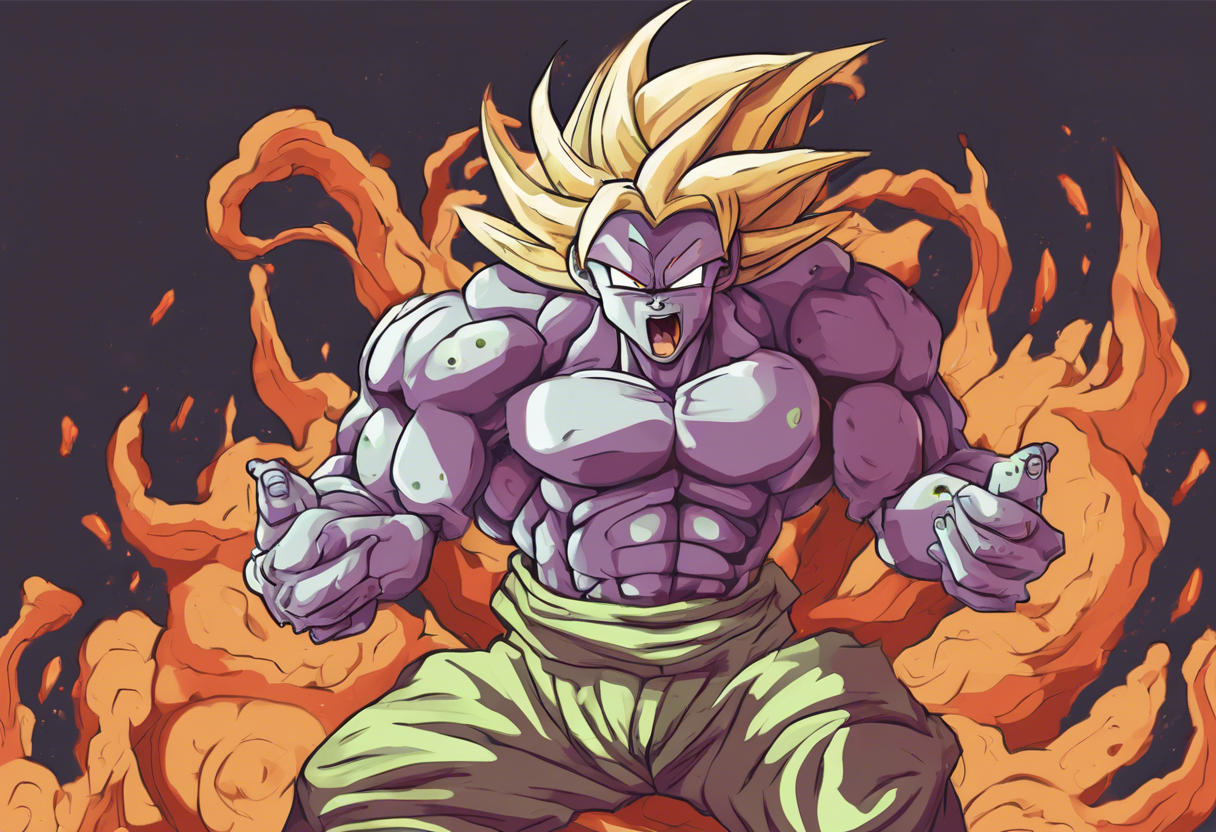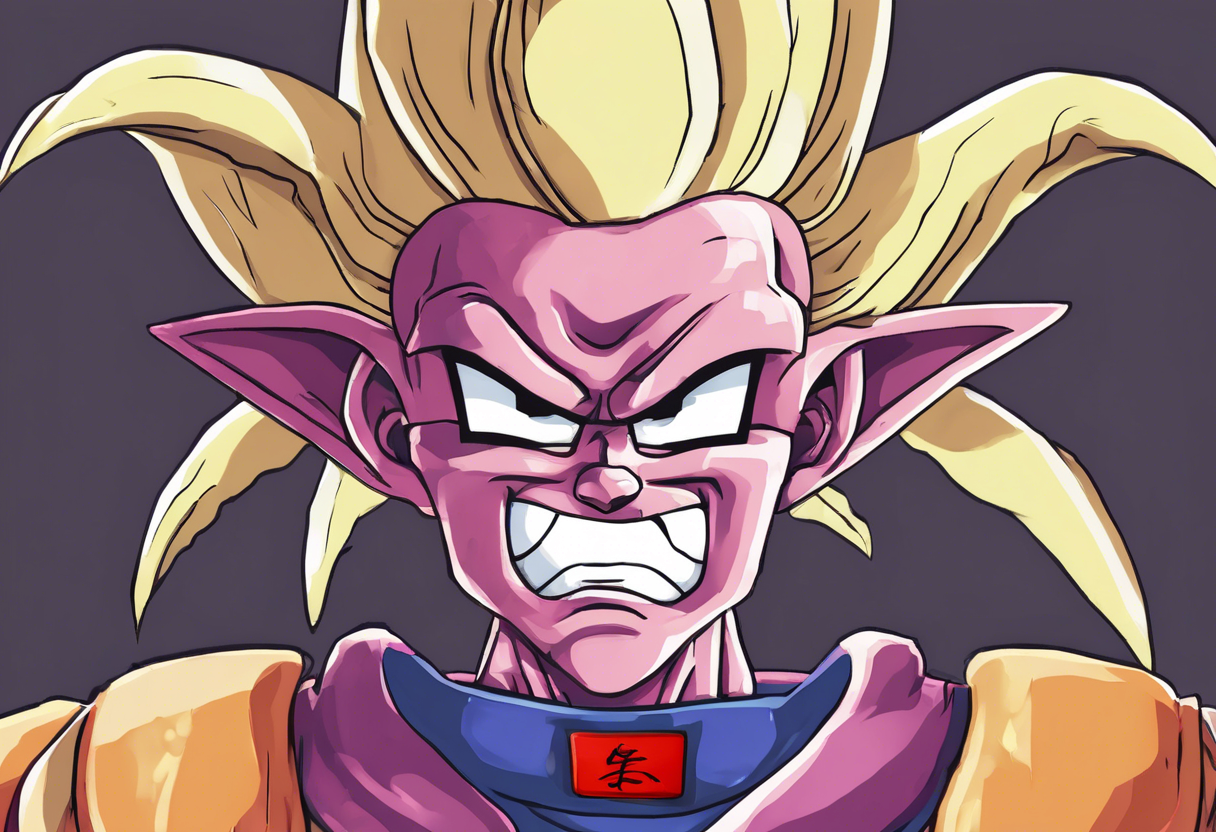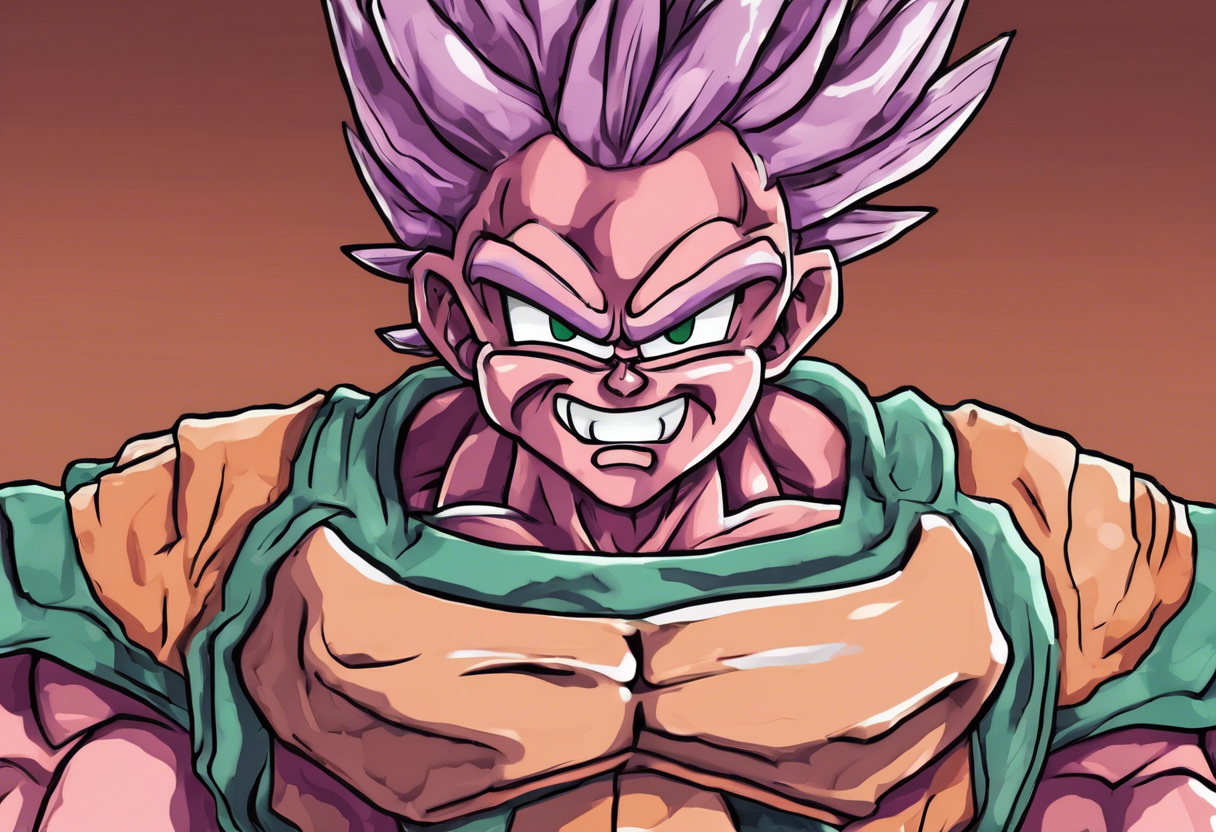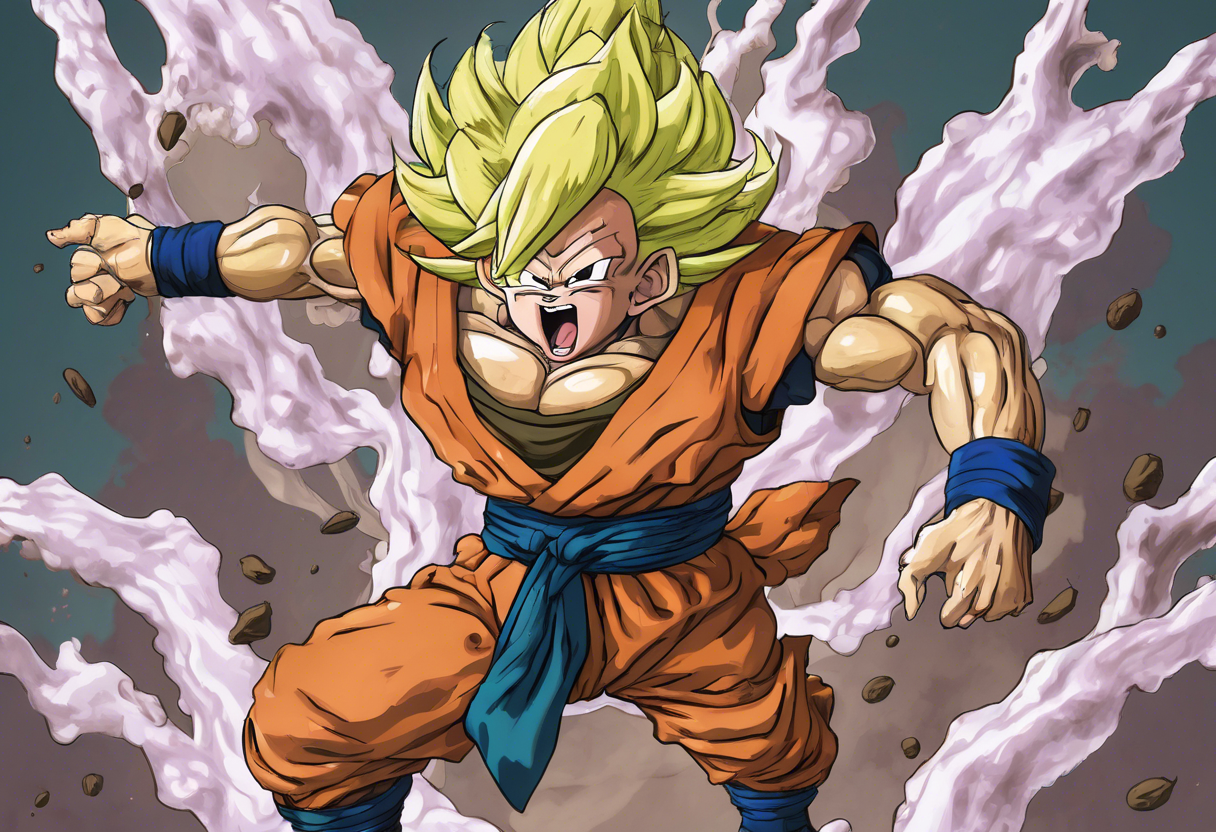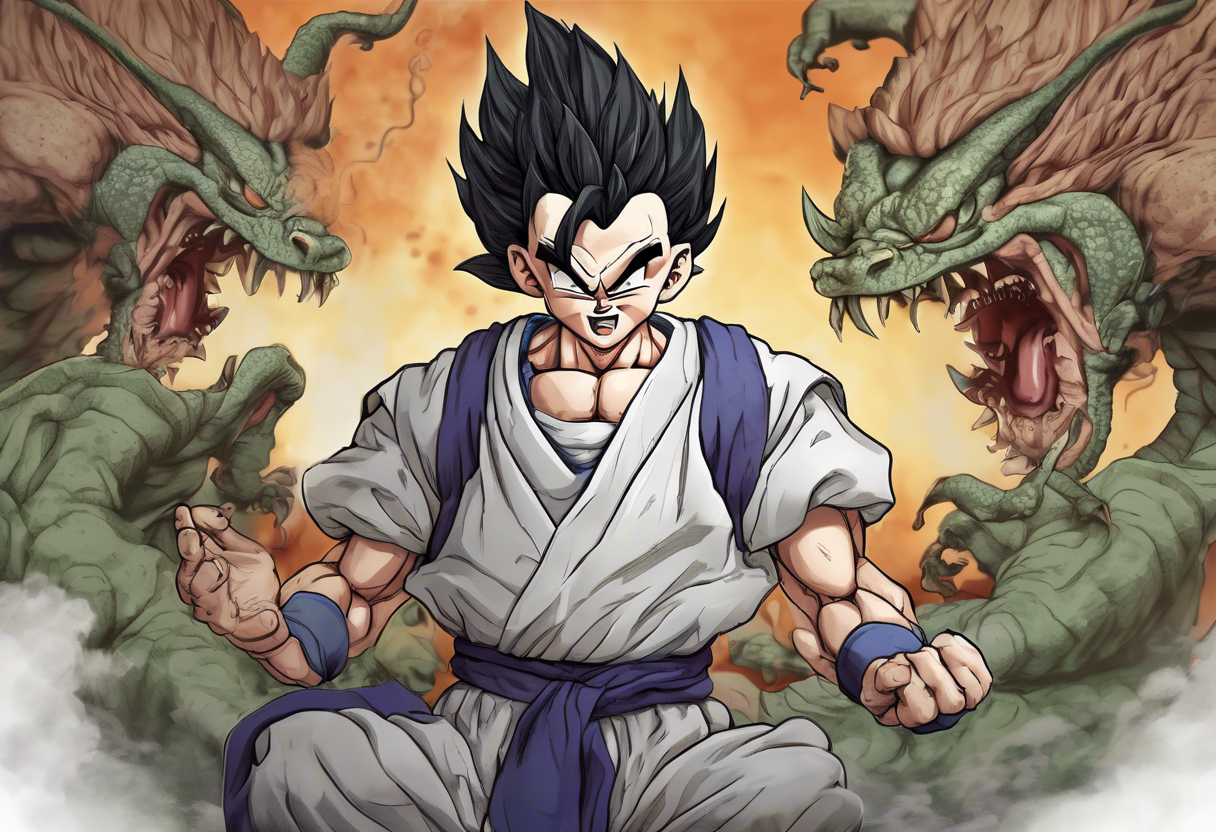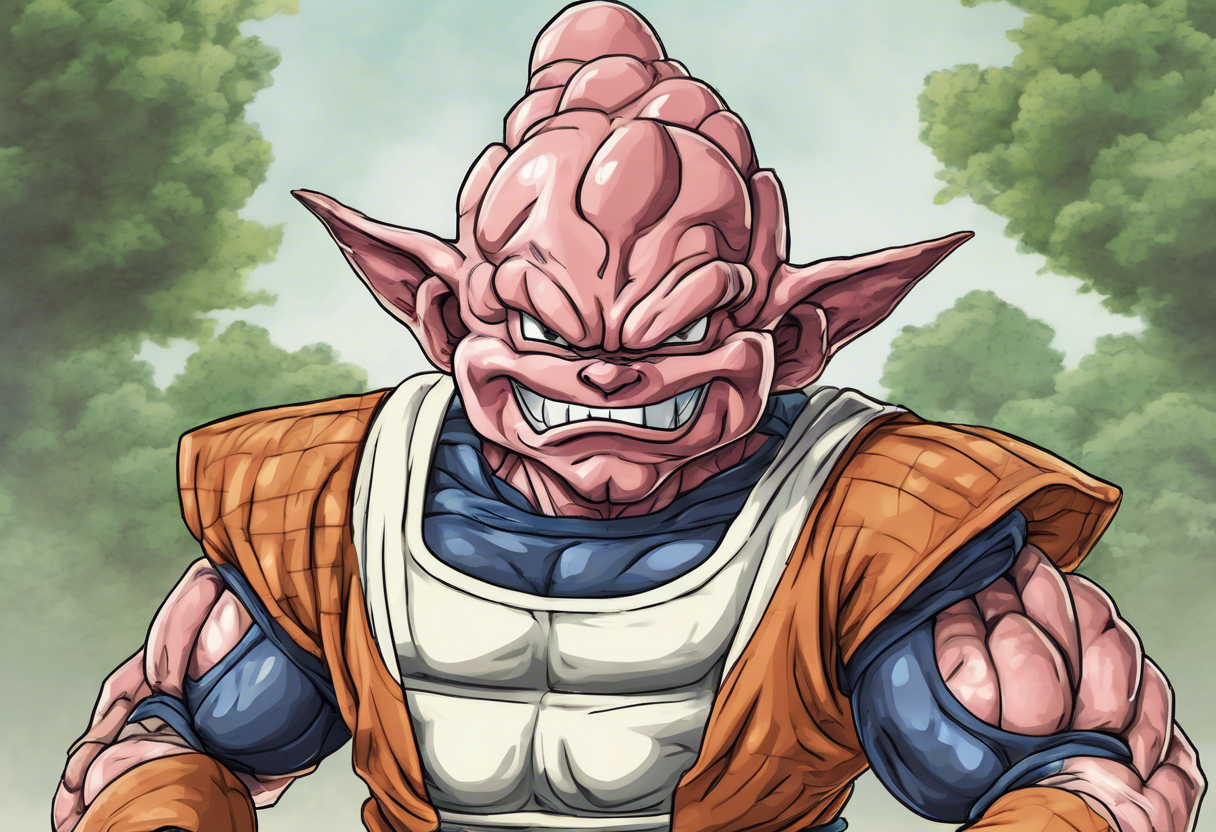Contents
Oolong the Terrible: A Hilarious and Pivotal Episode in the Dragon Ball Saga
Introduction
"Oolong the Terrible" is the fourth episode of the iconic anime series Dragon Ball, which is part of the Emperor Pilaf Saga. This episode, directed by Daisuke Nishio and written by Toshiki Inoue, was first released in 1986. It is a significant installment in the series, known for its unique blend of humor, adventure, and character development.
The episode is a product of the creative vision of Akira Toriyama, the original manga author, and the production team at Toei Animation. What sets "Oolong the Terrible" apart is its ability to balance action and comedy, making it a standout in the shonen anime genre. This balance is a hallmark of Toriyama’s storytelling style, which often combines serious martial arts themes with lighter, more humorous elements.
Plot Summary
In "Oolong the Terrible," Goku and Bulma continue their quest to gather the seven Dragon Balls. Their journey leads them to a small village where the fifth Dragon Ball is located. However, their mission is complicated by the presence of Oolong, a shape-shifting pig who has been terrorizing the village by kidnapping young women to serve him in his luxurious home.
Oolong’s abilities, derived from his shape-shifting powers, make him a formidable opponent, but his true nature is revealed as more comedic than menacing. Despite his initial antics, Oolong is eventually defeated by Goku and forced to release the women he had kidnapped. Instead of being an enemy, Oolong becomes an ally to Goku and Bulma, joining them on their adventure and providing comedic relief with his eccentric personality and abilities[3][5].
The episode is set in the vibrant and imaginative world of Dragon Ball, where fantastical creatures and unique characters are commonplace. The village, with its simple yet charming setting, serves as a backdrop for the episode’s central conflict and character interactions.
Themes and Symbolism
"Oolong the Terrible" explores several key themes that are central to the Dragon Ball series. One of the primary themes is the power of friendship and alliances. Despite initial conflicts, Goku and Bulma are able to turn an enemy into a friend, highlighting the importance of understanding and empathy. This theme is symbolic of the broader message of Dragon Ball, which often emphasizes the value of forming strong bonds and working together to overcome challenges.
Another significant theme is the balance between humor and seriousness. The episode seamlessly transitions between comedic moments, such as Oolong’s shape-shifting antics, and more serious action sequences, showcasing the versatility of the series. This balance is symbolic of the anime’s ability to cater to a wide range of audiences and emotions, making it a beloved and enduring part of anime history[3].
The character of Oolong himself is symbolic of the series’ creative and imaginative storytelling. Loosely based on Zhu Bajie from the classic Chinese novel Journey to the West, Oolong represents the blending of cultural influences and the innovative character designs that are a hallmark of Akira Toriyama’s work[5].
Cultural Impact
"Oolong the Terrible" has had a significant cultural impact since its release. The episode’s unique blend of humor and action helped establish Dragon Ball as a pioneering series in the shonen anime genre. It influenced numerous other anime and manga series that followed, many of which incorporated similar elements of comedy and adventure.
The character of Oolong has become iconic within the Dragon Ball universe, making appearances not only in the original series but also in later adaptations such as Dragon Ball Z. His shape-shifting abilities and comedic personality have made him a fan favorite, contributing to the series’ enduring popularity[5].
Critical Reception
Upon its release, "Oolong the Terrible" was well-received by both critics and audiences. The episode’s ability to balance humor and action was praised, and it was noted for its contribution to the series’ unique identity. The character of Oolong was particularly highlighted for his unpredictability and comedic relief[3].
In subsequent years, the episode has continued to be celebrated for its creative storytelling and character development. It is often cited as one of the standout episodes in the early stages of the Dragon Ball series, showcasing the potential for character growth and the series’ ability to blend different genres effectively.
Legacy
"Oolong the Terrible" remains a pivotal episode in the Dragon Ball saga, continuing to inspire new generations of anime fans and creators. Its influence can be seen in many later anime series that have adopted similar blends of humor and action.
The episode’s legacy extends beyond its immediate impact on the Dragon Ball series. It has contributed to the broader landscape of anime, influencing the development of the shonen genre and inspiring countless other stories that combine action, comedy, and adventure.
In conclusion, "Oolong the Terrible" is a testament to the creative genius of Akira Toriyama and the production team behind Dragon Ball. It stands as a memorable and influential episode that continues to delight audiences and inspire new works within the anime community.

